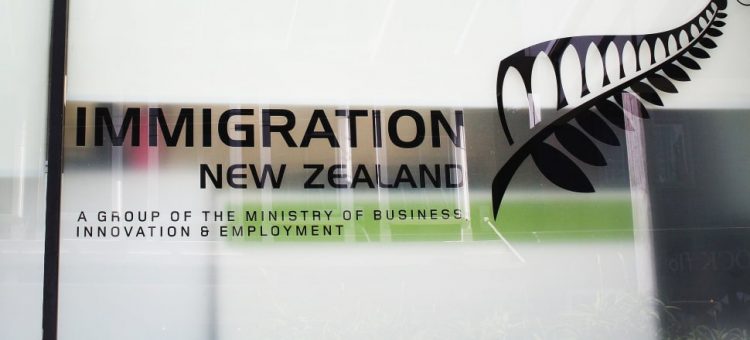뉴질랜드 정부는 포괄적인 정책 성명서 작성을 통해 이민 결정의 투명성을 높일 계획을 발표했습니다.목표는 대중에게 더 나은 통찰력을 제공하고 정부가 책임을 지도록 하는 것입니다.마이클 우드 이민부 장관은 이를 통해 “고용주, 근로자 및 대중이 이해할 수 있는 훨씬 더 안정적인 플랫폼”이 만들어질 것이라고 말했습니다.
이 제안은 이민에 대한 생산성위원회의 조사에 대한 정부의 임시 대응으로 나온 것이며, 생산성위원회는 책임을 강화할 수 있는 정부 정책 성명을 권고했습니다.조사 결과 뉴질랜드의 생산성 향상은 미약했으며 이민이 생산성 문제의 해결책은 아닐 가능성이 높지만 문제의 원인이나 원인은 아닌 것으로 나타났습니다.
제안된 정부 정책 성명서 (GPS) 는 정부가 몇 년 후에 결정을 내릴 때 고려하고 있는 정보를 대중에게 보여주기 위한 목표를 제시할 것입니다.Wood는 정책 성명서가 향후 10년을 내다보면서 우선 순위와 일부 지역에 자금을 할당하는 방식을 설정하여 3년마다 업데이트되는 정부의 교통 정책 성명서와 유사할 것이라고 말했습니다.
이 제안은 때때로 극도로 가열되고 정치화되며 때로는 실제로 해를 끼칠 수 있는 토론의 열기를 잠재적으로 어느 정도 없앨 수 있습니다.GPS에는 더 많은 임시 또는 영구 이민자를 관리하는 데 필요한 주택 재고 또는 인프라 능력과 같은 국가의 흡수 능력도 포함될 수 있습니다.
Wood는 이민과 같은 GPS가 이민 시스템에 대한 대중의 신뢰를 높이고 “이민에 대한 토론의 질을 높이고 더 나은 결정을 내릴 수 있도록” 잠재력을 갖기를 희망합니다.이 제안은 향후 몇 년 동안 추가로 논의되고 개발될 것으로 예상됩니다.
뉴질랜드 정부는 뉴질랜드 이민 결정의 투명성 향상을 목표로 합니다





























































